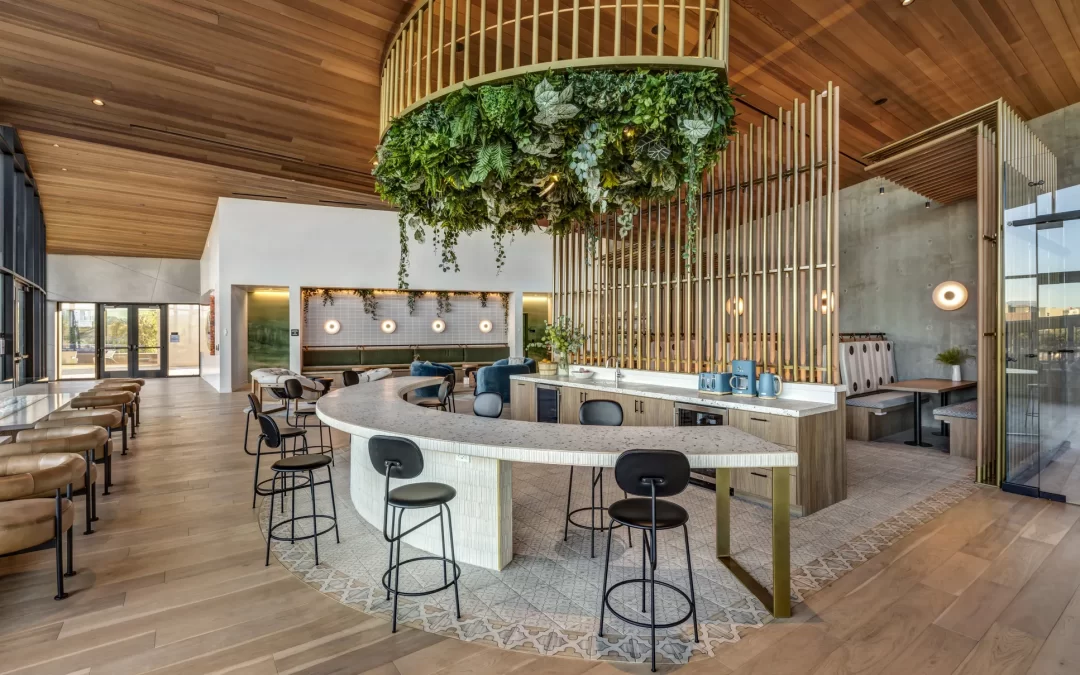Regional Style Interior Adaptation is a design philosophy that focuses on incorporating local culture, traditions, and materials into interior spaces. It’s about creating environments that resonate deeply with the identity of a specific region while maintaining functionality and modern aesthetics. This approach not only enhances the authenticity of a space but also fosters a deeper emotional connection with its occupants.
In a world where globalization often leads to homogenized designs, Regional Style Interior Adaptation offers a refreshing way to celebrate diversity and uniqueness. Whether it’s a cozy Scandinavian farmhouse, a vibrant Moroccan riad, or a minimalist Japanese Zen space, this design approach allows for the creation of interiors that tell a story and reflect the essence of their locale.
What is Regional Style Interior Adaptation?
Regional Style Interior Adaptation is the process of blending traditional design elements from a specific region with contemporary functionality. It involves using locally sourced materials, traditional craftsmanship, and cultural motifs to create spaces that feel rooted in their environment. This approach prioritizes authenticity, sustainability, and cultural relevance, making it a popular choice for both residential and commercial projects.
For example, a home in the American Southwest might feature adobe walls, terracotta tiles, and Navajo-inspired textiles, while a Japanese tea house could incorporate shoji screens, tatami mats, and bamboo accents. These elements not only reflect the region’s heritage but also create a sense of place and belonging.
Benefits of Regional Style Interior Adaptation
-
Cultural Authenticity
Regional design celebrates the unique cultural identity of a place, creating spaces that feel genuine and meaningful. -
Sustainability
Using locally sourced materials reduces the carbon footprint and supports local artisans and industries. -
Emotional Connection
Spaces that reflect local culture evoke a sense of nostalgia and pride, fostering a deeper connection with the environment. -
Unique Aesthetics
Regional design offers a break from generic, cookie-cutter interiors, providing a distinctive and memorable aesthetic. -
Functional Adaptability
Traditional design elements are often adapted to meet modern needs, ensuring a balance of style and practicality.
Examples of Regional Style Interior Adaptation
-
Scandinavian Design
Known for its simplicity, functionality, and use of natural materials, Scandinavian design incorporates elements like light wood, neutral colors, and cozy textiles to create warm, inviting spaces. -
Moroccan Style
Moroccan interiors are characterized by intricate tilework, vibrant colors, and ornate metalwork. Traditional elements like mosaic patterns and plush cushions are adapted for modern living. -
Japanese Zen
Japanese design emphasizes minimalism, natural materials, and harmony with nature. Features like sliding shoji screens, tatami floors, and Zen gardens create calming, meditative spaces. -
Mediterranean Style
This style features stucco walls, terracotta tiles, and wrought-iron accents, reflecting the sun-drenched, coastal charm of the Mediterranean region.
Tips for Adapting Regional Styles to Modern Interiors
-
Research the Region
Dive deep into the history, culture, and architecture of the region to understand its design language. -
Use Local Materials
Incorporate materials like wood, stone, and textiles that are native to the area for an authentic touch. -
Balance Tradition and Modernity
Blend traditional elements with contemporary furniture and technology to create functional yet culturally rich spaces. -
Focus on Color and Texture
Use regional color palettes and textures to evoke the essence of the place. -
Support Local Artisans
Collaborate with local craftsmen to integrate handmade elements like pottery, textiles, or furniture. -
Adapt to the Climate
Consider the local climate when selecting materials and layouts. For example, use light, airy fabrics in tropical regions and warm, insulating materials in colder climates.
Common Mistakes to Avoid
-
Overloading the Space
Avoid cramming too many regional elements into one space, which can make it feel cluttered and overwhelming. -
Ignoring Functionality
While aesthetics are important, don’t sacrifice functionality for the sake of authenticity. -
Misinterpreting Cultural Symbols
Be respectful and accurate when incorporating cultural motifs, as misrepresentation can lead to stereotypes.
Infographic: Key Elements of Regional Style Interior Adaptation
| Region | Key Materials | Color Palette | Signature Features |
|---|---|---|---|
| Scandinavian | Light wood, wool, linen | Whites, neutrals, pastels | Minimalist furniture, cozy rugs |
| Moroccan | Ceramic tiles, metal | Vibrant blues, reds | Mosaic patterns, arched doorways |
| Japanese | Bamboo, rice paper | Earth tones, black | Shoji screens, Zen gardens |
| Mediterranean | Terracotta, stucco | Warm yellows, blues | Wrought-iron accents, courtyards |
Regional Style Interior Adaptation in Commercial Spaces
This approach is equally effective in commercial projects like hotels, restaurants, and retail stores. For instance, a boutique hotel in Bali might feature traditional Balinese architecture, local artwork, and tropical gardens to create a unique, immersive experience for guests. Similarly, a café in Paris could incorporate French bistro-style furniture, vintage posters, and artisanal pastries to evoke the charm of a Parisian café.
The Future of Regional Style Interior Adaptation
As the design industry increasingly values authenticity and sustainability, Regional Style Interior Adaptation is poised to grow in popularity. It offers a way to create spaces that are not only beautiful and functional but also culturally significant and environmentally conscious. By celebrating regional diversity, this design approach paves the way for a more inclusive and meaningful future in interior design.



